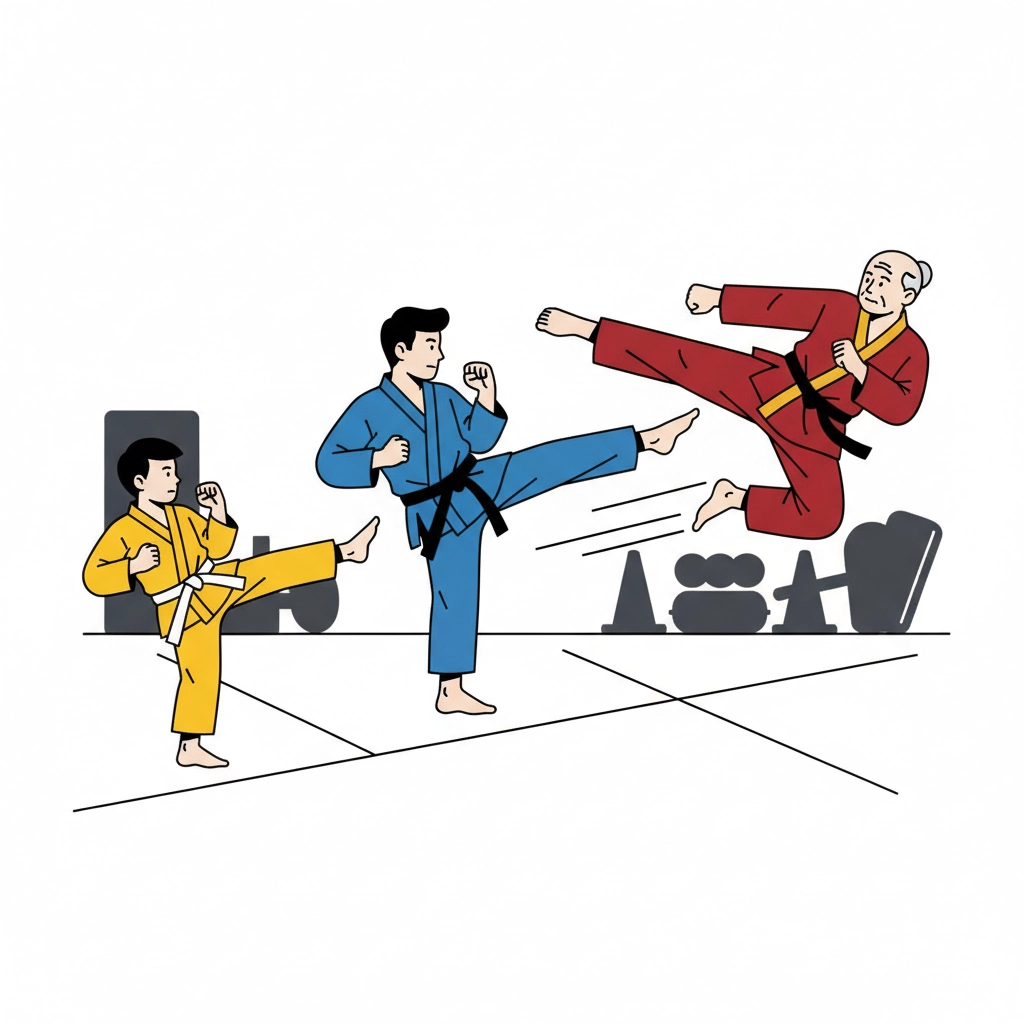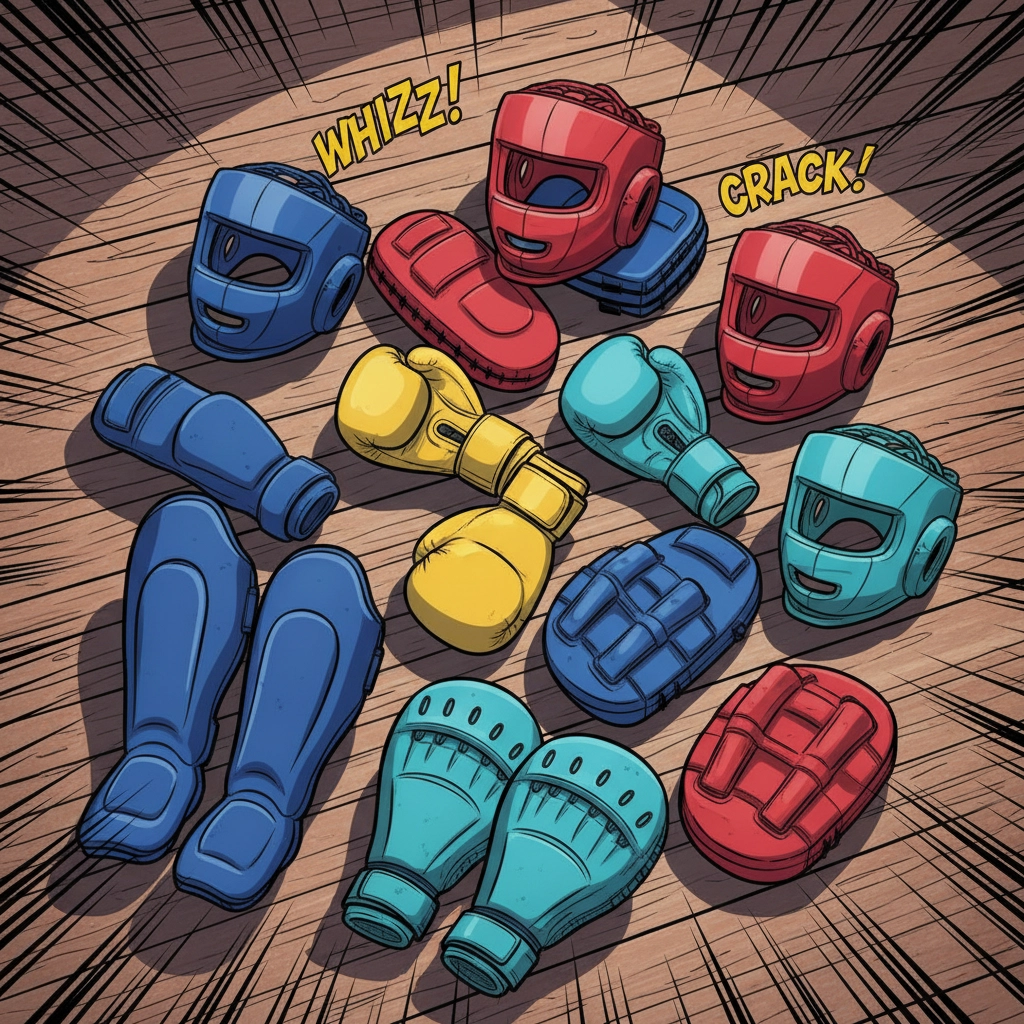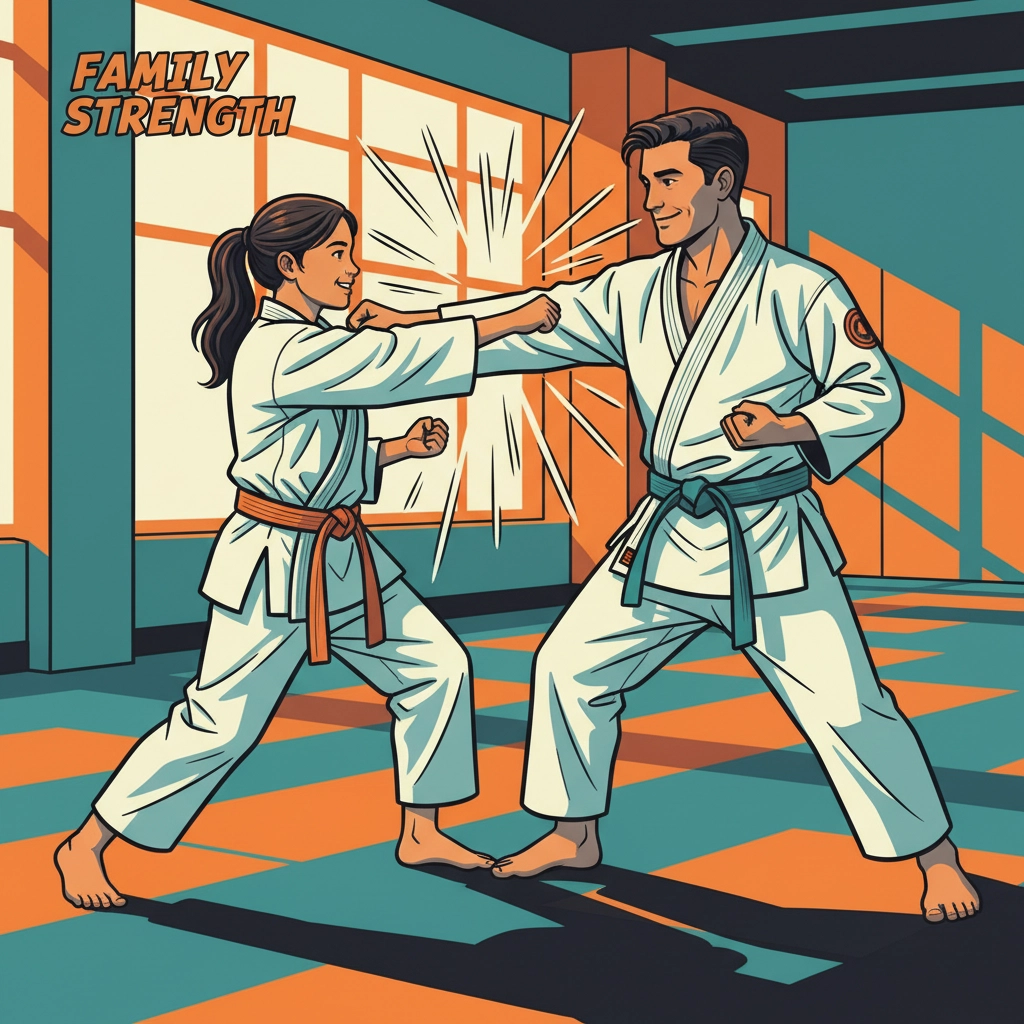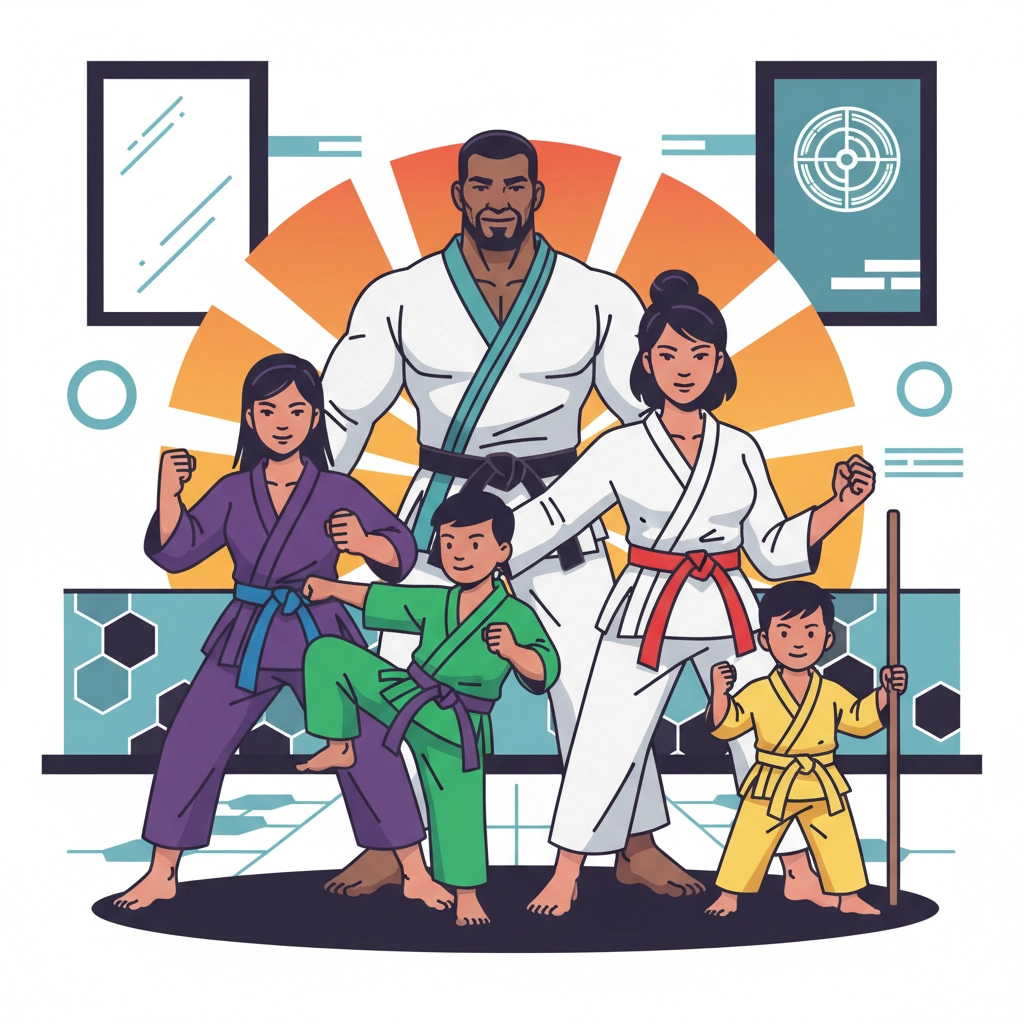Hey everyone! Family martial arts programs are some of the most rewarding classes you can offer at your school. There's something magical about watching parents and kids learn together, support each other, and grow stronger as a unit. But let's be honest – running these programs comes with unique challenges that many of us aren't prepared for.
Over the years, I've seen incredible family programs flourish, and I've also watched well-intentioned instructors struggle with family dynamics they didn't expect. If your family classes aren't hitting the mark, you're probably making one (or more) of these common mistakes. The good news? They're all fixable.
Mistake #1: Using the Same Curriculum for Everyone
This is the big one. You've got a 6-year-old training alongside their 40-year-old parent, and you're teaching them the exact same techniques in the exact same way. The kid is bored because it's too easy, the parent is frustrated because it's too hard, and you're wondering why nobody seems engaged.
How to Fix It: Develop a tiered approach within the same lesson plan. Teach the same core technique to everyone, but offer variations based on age and ability. For a basic punch, kids might focus on proper stance and basic form, while adults work on power generation and advanced applications. The family learns together, but everyone is appropriately challenged.

Create "challenge levels" for each technique. When teaching a kick, beginners focus on balance and basic form, intermediate students add height and speed, and advanced family members work on combinations or sparring applications. Everyone stays engaged, and family members can help each other progress through the levels.
Mistake #2: Ignoring Family Dynamics
You're focused on teaching martial arts, but you're missing the complex relationships happening right in front of you. Maybe dad is getting frustrated because his 8-year-old daughter is picking up techniques faster than he is. Or mom is being overly critical of her teenager's effort. These dynamics can make or break a family program.
How to Fix It: Become a family dynamics coach, not just a martial arts instructor. Address these situations head-on with gentle redirection. When you notice a parent getting competitive or critical, redirect their energy toward encouragement. Teach families how to be each other's biggest supporters, not toughest critics.
Set clear expectations at the beginning of each class about how family members should interact. Make it a rule that family members celebrate each other's progress, no matter how small. When you see good family support happening, highlight it for the whole class to see.
Mistake #3: Setting Unrealistic Progress Expectations
You're expecting entire families to advance at the same pace, or worse, you're putting pressure on families to progress faster because "they practice at home together." Reality check: family schedules are complicated, and not everyone learns at the same speed – especially when there's a 30-year age gap between training partners.
How to Fix It: Have honest conversations with families about realistic progress timelines. A working parent with three kids isn't going to advance as quickly as a single adult with unlimited practice time. That's normal and okay.
Create individualized progress tracking for each family member while celebrating collective milestones. Maybe the family goal is that everyone learns the basic forms, but each person has their own timeline and specific areas of focus. This takes pressure off and keeps everyone motivated.
Mistake #4: Poor Equipment Guidance for Families
You're either not giving families enough guidance about gear, or you're overwhelming them with requirements. Some families show up with mismatched, inappropriate equipment, while others spend hundreds of dollars on gear their kids will outgrow in six months.
How to Fix It: Create a clear, budget-conscious equipment guide specifically for families. Start with basics that can be shared between family members when possible, and clearly explain what's essential versus nice-to-have.

Consider offering family equipment packages or rental programs for growing kids. Partner with quality suppliers who understand family needs – companies like whistlekick that offer durable, family-friendly gear designed to last through multiple family members and skill levels.
Mistake #5: Not Creating Family Bonding Opportunities
Your family classes feel like individual lessons that happen to occur in the same room. Family members aren't interacting, supporting each other, or building the stronger relationships that drew them to a family program in the first place.
How to Fix It: Build partner drills and team challenges into every class. Have parents and kids work together on techniques, with each person teaching the other something they've learned. Create friendly family-versus-family competitions that require teamwork.
Design special family events beyond regular classes – family tournaments, belt testing ceremonies where families support each other, or skill-building workshops where families learn together. These experiences create lasting memories and strengthen both martial arts skills and family bonds.

Mistake #6: Inadequate Communication with Parents
You're not clearly explaining what the family program is designed to accomplish, or you're not keeping parents informed about their child's progress and challenges. Parents don't understand the program's goals, and they can't properly support their family's martial arts journey at home.
How to Fix It: Over-communicate rather than under-communicate. Start each family program with a clear orientation session explaining goals, expectations, and how parents can support progress at home. Provide regular progress updates that highlight both individual and family achievements.
Create simple resources parents can reference at home – basic technique guides, practice schedules, or goal-setting worksheets. The more tools you give families, the more successful they'll be in your program.
Mistake #7: Treating Family Programs as Side Projects
This might be the most damaging mistake of all. You're treating family classes as less important than your "serious" adult or youth programs. You're assigning them to newer instructors, giving them less attention in your marketing, or not investing in proper curriculum development.
How to Fix It: Recognize that family programs can be some of your most valuable offerings. Families that train together typically have higher retention rates, generate more referrals, and create stronger community connections at your school.
Invest in proper instructor training for family dynamics, develop comprehensive family-specific curricula, and market these programs with the same energy you put into other classes. When you treat family programs as premium offerings, families respond accordingly.

Moving Forward: Building Better Family Programs
The truth is, running successful family martial arts programs requires different skills than teaching traditional classes. You're not just teaching techniques – you're facilitating family growth, managing complex relationships, and creating experiences that strengthen bonds both on and off the training floor.
Don't get discouraged if your current family programs aren't perfect. Every successful instructor has made these mistakes at some point. The key is recognizing them, making adjustments, and continuously improving your approach.
Remember that families who train together often become your most loyal students and best ambassadors. They're investing not just in martial arts skills, but in shared experiences and stronger relationships. When you get family programs right, you're not just building better martial artists – you're building better families.
At whistlekick, we understand the unique challenges of family martial arts programs. We're here to support instructors like you who are working to create meaningful experiences for families. Whether you need equipment guidance, program development resources, or just want to connect with other instructors facing similar challenges, we're always here to help.
Your family programs have incredible potential. With some thoughtful adjustments and a commitment to continuous improvement, you can create experiences that families will treasure for years to come.

